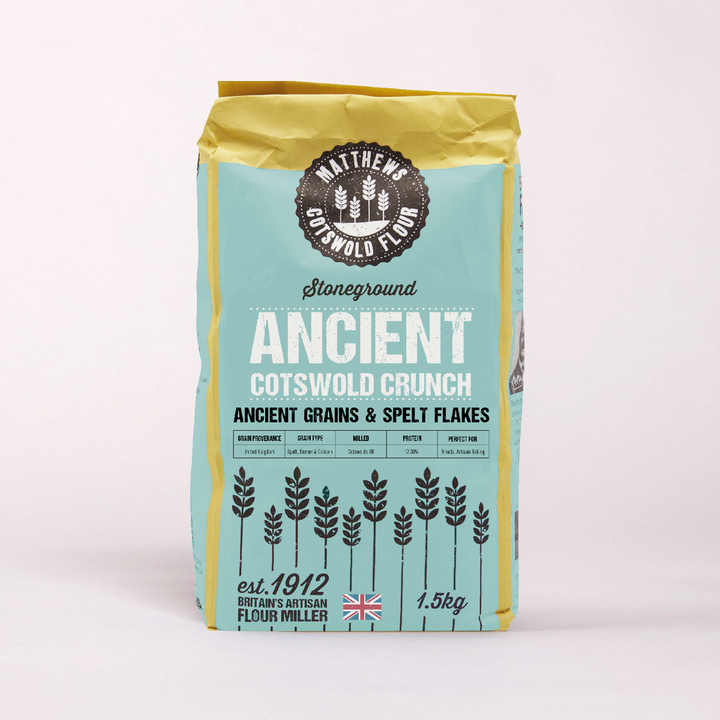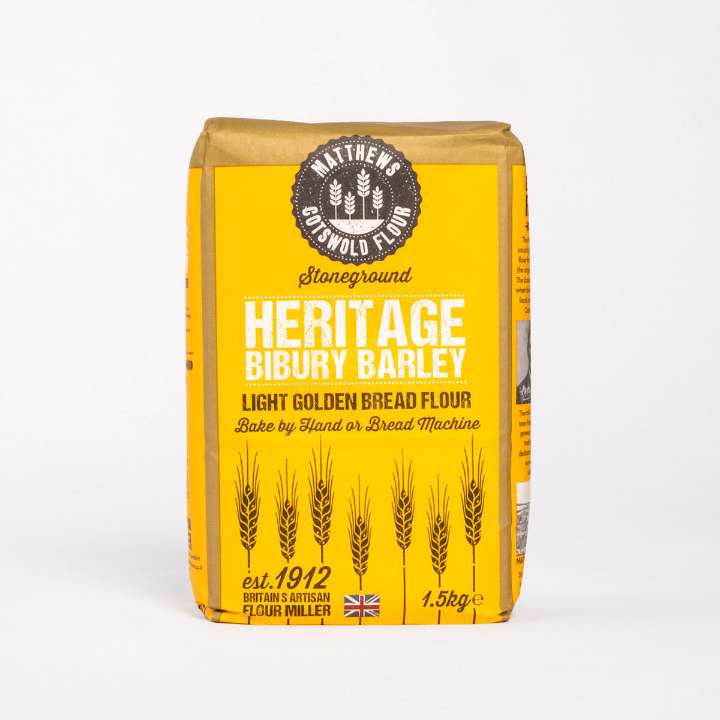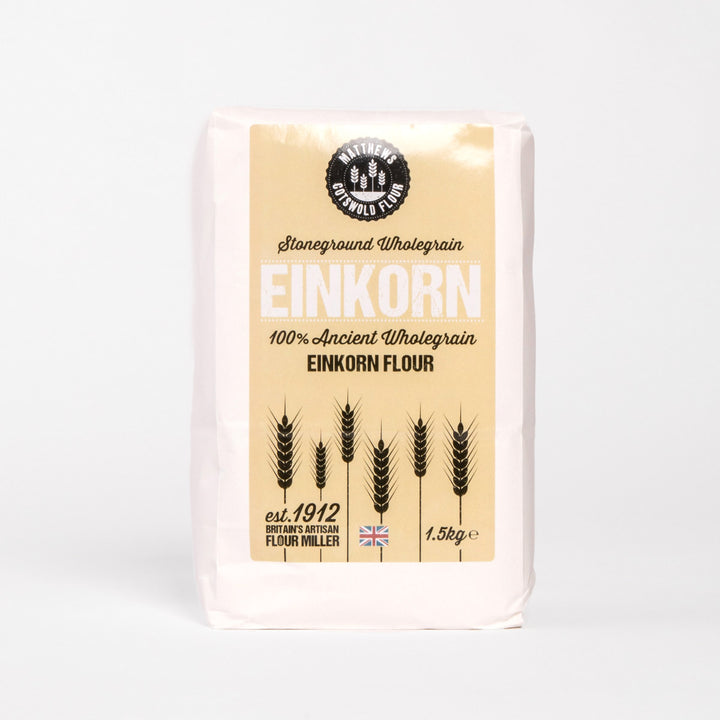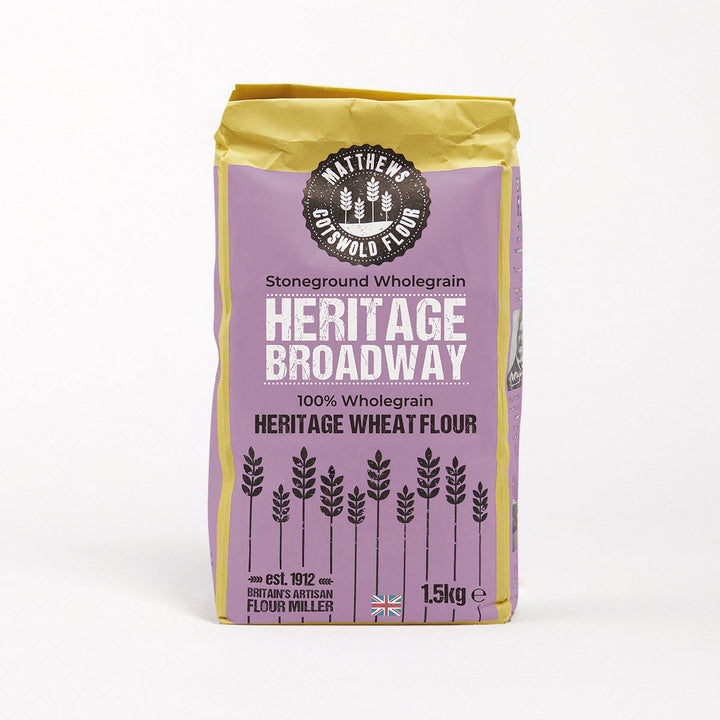5 Brilliant baking recipes using strong white bread flour!
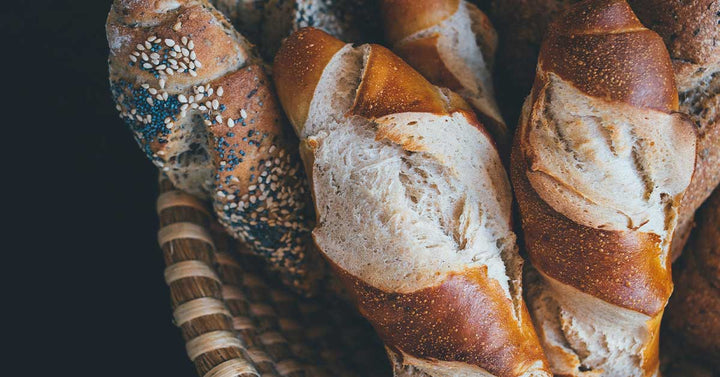
read flour is a type of wheat flour that’s rich in calcium carbonate, iron, niacin (B3), and thiamin (B1). Strong white bread flour is brilliant for baking a wide range of baked goods including bread and rolls. Check out five fabulous recipes you can use using strong white bread flour. Enjoy!
1. Hawaiian pizza

Ingredients
For the pizza dough
- 200g strong white flour, plus extra for dusting
- 200g ‘00’ flour
- 5g fast-action dried yeast
- 1 tsp caster sugar
- 1 tsp salt
- 2 tbsp extra virgin olive oil, plus extra for greasing
- 250–300ml of tepid water
For the topping
- 250g of passata
- Pinch of garlic granules
- Pinch of dried oregano
- Pinch of dried chilli flakes
- Pinch of caster sugar
- 125g of mozzarella, drained and torn into pieces about the size of a large olive
- 6 slices ham, cut into 1 inch wide strips
- 4 tinned pineapple slices, drained and cut into chunks
- 1 green chilli, seeds removed and thinly sliced
- Salt and freshly ground black pepper
Instructions
- To make the pizza dough, tip both flours into a large bowl. Add the yeast, sugar and salt and mix well. Make a well in the middle and add the olive oil and 250ml tepid water
- Mix well, adding a little more water if the mixture looks too dry – it should be soft and slightly sticky. Knead until smooth and elastic.
- Shape the dough into a ball and place in a large oiled bowl, cover with cling film and leave at room temperature for 45 minutes–1 hour, or until doubled in size.
- Meanwhile, prepare the topping. Pour the passata into a small saucepan, add the garlic granules, oregano and chilli flakes and season well with salt and pepper. Mix well, bring to the boil, reduce to a simmer and cook for about 4 minutes, until reduced and thickened slightly. Taste and add a pinch of sugar if needed. Remove from the heat and leave to cool.
- Preheat the oven to 220C and place a pizza stone or a large, heavy baking tray in the oven to heat up.
- Dust the work surface with flour, turn the dough out of the bowl and divide in half. Shape each half into a neat ball, dust with flour and leave to rest for 5 minutes.
- Using floured hands or a rolling pin, shape one ball of dough into a neat circle about 25cm in diameter, with a slightly thicker edge. Place on a large sheet of baking paper. Spread with half of the passata, leaving a ½–¾ inch border all around. Scatter with half of the mozzarella and half of the ham and pineapple.
- Top with green chilli, if using, and season with pepper.
- Slide the pizza on the baking paper onto the hot pizza stone and cook for 10–12 minutes, or until the crust is golden and the toppings are bubbling.
2. Italian bread

Ingredients
- 10g of active dry yeast
- 4g of granulated sugar
- 1 cup warm water
- 350g of strong white bread flour
- 30ml of olive oil
- 4g of salt
Instructions
- In a large bowl or bowl of a stand mixer, combine yeast, sugar and warm water. Let the mixture stand 5 to 10 minutes or until the yeast is foamy.
- Add the flour, olive oil, and salt. Stir with a wooden spoon or with a dough hook on low speed until a shaggy dough forms. Turn dough out onto a lightly floured surface and knead by hand 10 minutes, adding just enough of the remaining flour until a soft, smooth and elastic dough forms.
- Shape dough into a ball; place in an oiled bowl and turn to coat. Cover bowl with plastic wrap and let dough rise 1 hour until doubled.
- Heat oven to 200°C. Line a baking sheet with parchment paper, a silicone mat or lightly grease the surface with oil or cooking spray. On a lightly floured surface, punch down dough, then carefully shape into a batard/torpedo about 12 inches long. Transfer to the prepared baking sheet. Cover with a tea towel and let rise another 20 to 30 minutes until puffy.
- Use a bread lame or serrated knife to make a few 1/4-inch deep slits in the surface of the loaf. Bake loaf 20 to 25 minutes or until golden brown. Cool completely on a cooling rack before slicing.
3. Bagel

Ingredients
- 7g sachet fast-action dried yeast
- 500g strong bread white flour, plus a little extra for shaping
- 2 tbsp light brown sugar
- A little oil, for greasing
- 1 tbsp bicarbonate of soda
- 1 egg white, to glaze
- Seeds of your choice for the topping
Instructions
- Mix the yeast with 300ml lukewarm water. Put the flour, sugar and 1 tsp salt in a large bowl and mix together. Pour over the yeasty liquid and mix into a rough dough.
- Tip out onto the work surface and knead together until smooth and elastic – this should take around 10 mins.
- Put the dough in a lightly oiled bowl and cover with a piece of oiled cling film. Place in a warm area and leave until doubled in size, about 1 hr, then uncover and tip onto your work surface.
- Divide the dough into 10 portions and form into balls. Line up on 2 parchment-lined baking trays and cover lightly with cling film.
- Leave for around 30 mins or until risen and puffy, then remove the cling film.
- Use a floured finger to make a hole in the centre of each bagel, swirling it around to stretch the dough a little, but being careful not to knock out too much air. Heat oven to 180C.
- Fill a large saucepan with water and bring to the boil. Add the bicarbonate of soda to alkalise the water. Place 1-2 of the bagels in the water at a time and boil for 1 min (2 mins if you want a chewier bagel), turning over halfway through. Using a slotted spoon, lift out the bagels, drain well and place back on the baking tray.
- Brush the bagels with the egg white and sprinkle with your chosen seeds. Bake for 20-25 mins or until golden brown. Transfer to a wire rack to cool before eating. They will keep for 3-4 days, or freeze for 2 months.
4. Naan bread

Ingredients
- 1x 7g sachet dried yeast
- 2 tsp golden caster sugar
- 300g strong white bread flour, plus extra for dusting
- ½ tsp baking powder
- 25g butter or ghee, melted, plus extra 2-3 tbsp for the tray and brushing
- 150ml natural yoghurt
- 1 tbsp nigella seeds
Instructions
- Put 125ml warm water into a bowl and sprinkle over the yeast and 1 tsp of the sugar. Leave for 10-15 mins or until frothy. In a larger bowl, put the flour, remaining sugar, ½ tsp salt and baking powder. Mix together then make a well in the centre in which to pour the melted butter, yoghurt, nigella seeds and yeast mixture. Stir well, then start to bring the mixture together with your hands. If it’s very wet add a spoonful of flour but if it’s dry add a splash more warm water. It should be a very soft dough but not so wet that it won’t come together into a ball.
- When you’re satisfied with the consistency, start kneading, first in the bowl, then transfer the mixture onto a well-floured surface and continue to knead for 10 mins or until smooth and elastic but still soft. Butter a large bowl, then shape the dough into a ball and place in the prepared bowl. Cover and leave in a warm place for about 1 hr or until doubled in size.
- Divide the dough into six balls and put them on a baking tray dusted with flour, then cover the tray with a damp tea towel. Heat a large non-stick frying pan over a high heat.
- Take one of the balls of dough and roll it out to form a teardrop shape that’s approximately 21cm long and around 13cm at the widest part. When the pan is very hot, carefully lay the naan bread into it. Let it dry fry and puff up for about 3 mins, then turn over and cook on the other side for another 3-4 mins or until cooked through and charred in patches.
- Heat the oven to its lowest setting and put the cooked naan bread on a baking sheet. Brush with a little melted butter and cover with foil. Keep warm in the oven and layer up the cooked naans one on top of each other as you make them, brushing each one with melted butter or ghee as you go. Serve warm with curry or dips.
5. Cob loaf

Ingredients
- 500g strong white bread flour, plus a little extra flour for finishing
- 40g of butter
- 12g sachets fast action dried yeast
- 10g salt
- About 300ml tepid water (warm not cold – about body temperature)
- A little olive or sunflower oil
- Additional cold water, for creating steam in the oven
Instructions
- Weigh out the ingredients. Put the flour into a large mixing bowl and add the butter. Add the yeast to one side of the bowl and add the salt to the other – the salt will kill the yeast if they come into direct contact. Stir all the ingredients with a spoon to combine.
- Add half of the water and turn the mixture round with your fingers. Continue to add water a little at a time, combining well, until you’ve picked up all of the flour from the sides of the bowl. You may not need to add all of the water, or you may need to add a little more – you want a dough that is well combined and soft, but not sticky or soggy. Mix with your fingers to make sure all of the ingredients are combined and use the mixture to clean the inside of the bowl. Keep going until the mixture forms a rough dough.
- Use about a teaspoon of oil to lightly grease a clean work surface (using oil instead of flour will keep the texture of the dough consistent). Put your dough onto the greased work surface. Make sure you have plenty of space.
- Fold the far edge of the dough into the middle, then turn the dough by a quarter turn and repeat. Do this several times until the dough is very lightly coated in olive oil.
- Now use your hands to knead the dough. Push the dough out in one direction with the heel of your hand, then fold it back on itself, turn the dough a quarter turn and repeat. Kneading in this way stretches the gluten and makes the dough elastic. Do this for about 4 or 5 mins until the dough is smooth and stretchy. Work quickly so that the mixture doesn’t stick to your hands. If it does get too sticky you can add a little flour to your hands.
- Clean and lightly oil your mixing bowl and put the dough back into it. Cover with a damp tea towel or lightly oiled cling film and leave it on one side to prove. This gives the yeast time to work and the dough will double in size. This should take about an hour, but will vary depending on the temperature of your room.
- Stage two: Line a baking tray with baking parchment or silicone paper.
- Once the dough has doubled in size you can scrape it out of the bowl to shape it. The texture should be bouncy and shiny. Put it onto a lightly floured surface and knock it back – use your hand to roll the dough up, then turn by a quarter turn and roll it up again. Repeat several times. Then use your hands to gently turn and smooth it into a round loaf shape.
- Place onto the lined baking tray, cover with a tea towel or lightly oiled cling film and leave to prove again until it’s doubled in size. This will take about an hour, but may be quicker or slower depending on how warm your kitchen is.
- Preheat the oven to 220°C. Put an old, empty roasting tin into the bottom of the oven.
- Stage three: After an hour the loaf should have risen again. Sprinkle some flour on top and very gently rub it in. Use a large, sharp knife to make shallow cuts about 1cm deep across the top of the loaf to create a diamond pattern.
- Put the loaf on the baking tray into the middle of the oven. Pour cold water into the empty roasting tray at the bottom of the oven just before you shut the door – this creates steam which helps the loaf develop a crisp and shiny crust.
- Bake the loaf for about 30 mins.
- The loaf is cooked when it’s risen and golden. To check, take it out of the oven and tap it gently underneath – it should sound hollow. Turn onto a wire rack to cool.
← Older Post Newer Post →

